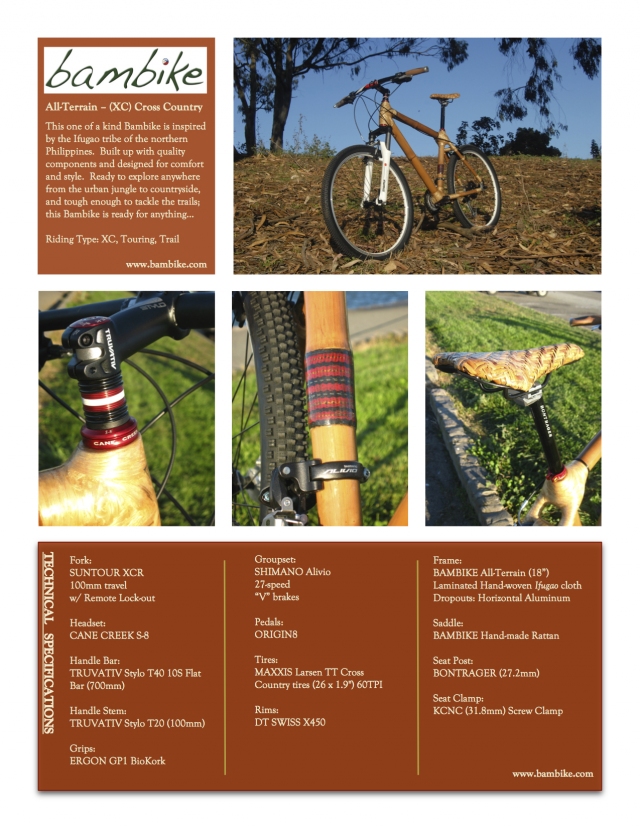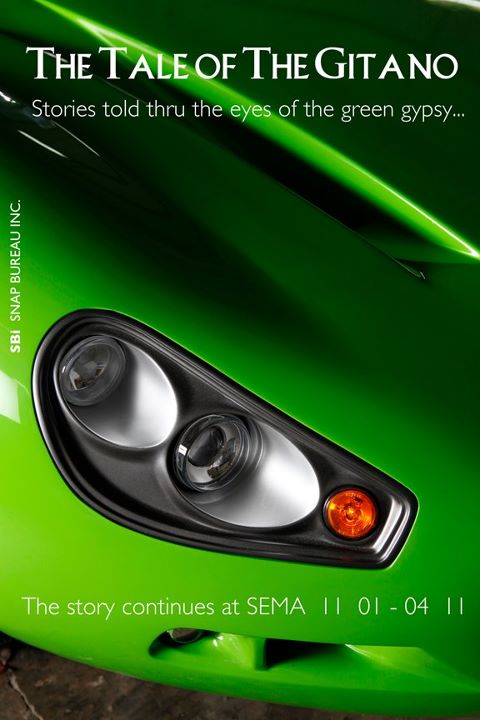 |
| Tinawon variety |
Heirloom rice maybe forgotten. Just like our forefathers, it was been kept from the past and today's generation might don't even know about how they looks like, their name, their history of how they fed the past generations.
Who might even know about Makonting, Balatinao, Kadiling, Paskaren, Mayoc, Potaw, Kalias, Knchot, Bongkitan, Dayong, Gal-ong, Lamadya, Kabal, Sing-itan, Lasbakan, Saba, Saboli, Makanining, Talangkay, Kumbisyon, Salili, Kwalti-an, Balasyaw, Ipugao, Palgay, Lalay, Babantinya and others? On how these sturdy rice varieties dwell in the summit of rice terraces in Cordillera. Their time may have gone now. And high-breed variety replaced their name.
From the seat of the 8th Wonder of the World, the preservation of these varieties have started and they called it as The Cordillera Heirloom Rice Project.
The Cordillera Heirloom Rice Project is focused on making traditional rice varieties—the crop that nearly every high-elevation farmer grows—a source of economic opportunity. In doing so, the indigenous people use their knowledge of rice production to develop a sustainable and culturally appropriate economic enterprise. The vision of the Cordillera Heirloom Rice Project includes:
- The establishment of a cooperative business that produces and sells the heirloom rice of the high elevation rice terraces;
- A renewal of social stability through the building of farmers’ cooperatives and the skills and capacity building training of the farmers;
- The implementation of a business model for a vertically integrated, shared-equity rice business, which will give farmers an opportunity to be equal partners with a meaningful stake in the success of the business;
- The building of an economic enterprise that is environmentally sustainable;
- The revitalization, maintenance and use of the high-elevation terraces and watershed areas for their historic purposes.
RICE, Inc., terrace farmers in the provinces of Ifugao, Kalinga and Mountain Province, Eighth Wonder, Inc. (USA), and municipal, provincial and regional government agencies of the Cordillera are collaborating on the project.
Aside from this project, the International Rice Research Institute (IRRI) in Los BaÑos, Laguna formed the International Rice Genebanks, a bank to over 113,000 types of rice including modern and traditional varieties, and wild relatives of rice. Making it the world’s largest repository of rice genetic diversity.
This bank is similar to the Svalbard Global Seed Vault in Norway. The Svalbard Global Seed Vault is a secure seedbank located on the Norwegian island of Spitsbergen near the town of Longyearbyen in the remote Arctic Svalbard archipelago, about 1,300 kilometres (810 mi) from the North Pole. The facility preserves a wide variety of plant seeds in an underground cavern. The seeds are duplicate samples, or "spare" copies, of seeds held in gene banks worldwide.
Because of these projects, we can revive the once lost varieties. We can still see how these plants may still be exist for future generation of human. And that human may still survive the next millenium.




 6:25 AM
6:25 AM
 Unknown
Unknown




















